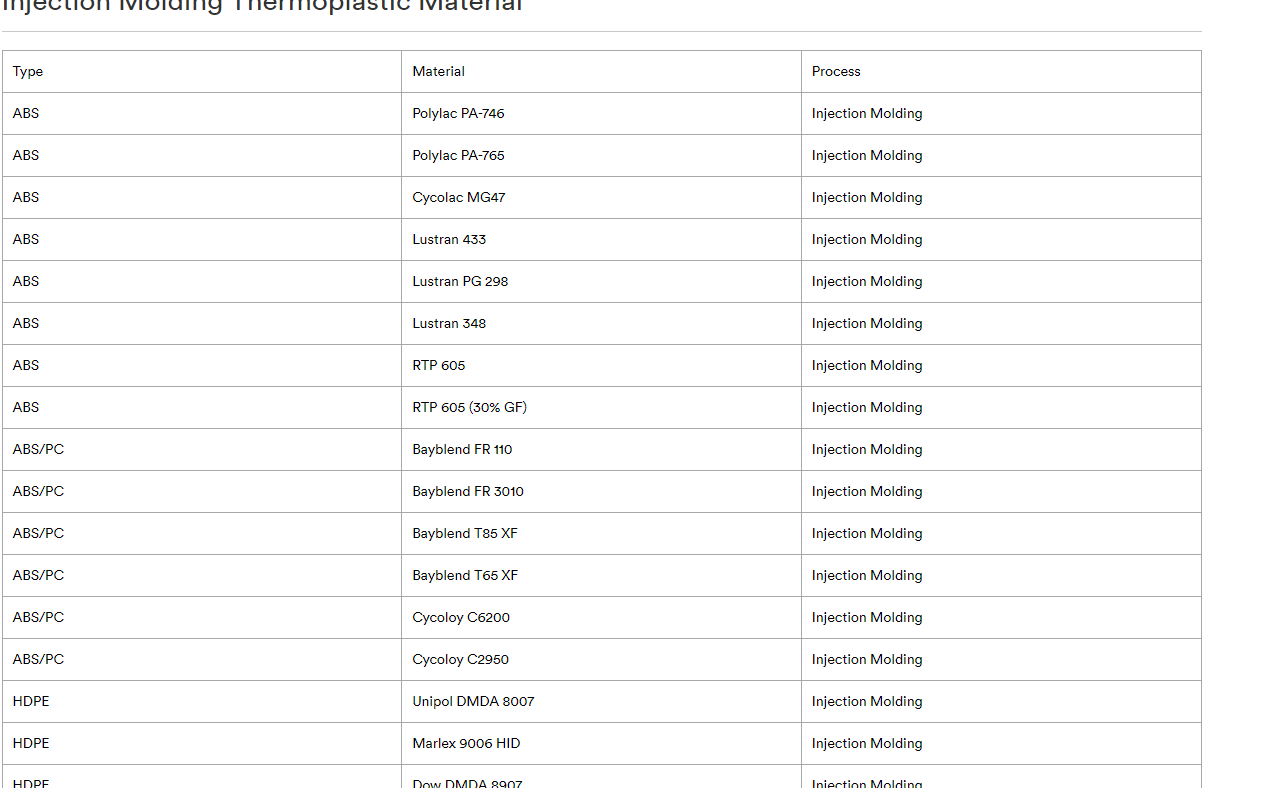injection molding Thermoplastic, a cornerstone of manufacturing, is undergoing a significant transformation. The future of injection molding thermoplastics is being shaped by advanced technologies, innovative materials, and an unwavering commitment to environmental sustainability. In this article, we delve into the key trends and developments that are revolutionizing this critical manufacturing process.
Advanced Materials for Enhanced Performance:
The continuous development of advanced thermoplastic materials is driving change in injection molding. These materials offer superior properties, including increased strength, durability, and resistance to extreme conditions. Their use expands the range of possible applications while contributing to the creation of longer-lasting, high-performance products. Furthermore, there's a growing focus on integrating recycled and sustainable materials, reducing the industry's environmental impact and promoting circular economy practices.
Digital Design and Simulation:
The design phase of injection molding is being revolutionized by cutting-edge computer-aided design (CAD) software and advanced simulation tools. Virtual prototyping allows manufacturers to refine designs before physical production, reducing lead times and minimizing costly errors.
Industry 4.0 Integration:
Industry 4.0 principles are reshaping injection molding into a smart manufacturing domain. IoT sensors and data analytics are employed to monitor and optimize production processes in real-time. Predictive maintenance ensures machinery is serviced precisely when needed, reducing downtime and enhancing efficiency.
Automation and Robotics:
Automation is a driving force in injection molding, with robots handling tasks like part removal and quality control. Collaborative robots (cobots) work alongside human operators, boosting flexibility and precision. Automation not only accelerates production but also improves consistency and accuracy.
Integration with Additive Manufacturing:
Injection molding and additive manufacturing are converging as manufacturers leverage 3D printing technologies to create custom inserts and tooling. This enables rapid tooling and prototyping, reducing lead times and enhancing adaptability.
Energy Efficiency and Sustainability:
The industry is actively pursuing energy-efficient practices to reduce its environmental footprint. Energy-efficient machines and processes are adopted, minimizing energy consumption. Advanced heating and cooling technologies optimize energy usage. Sustainability and circular economy principles are embraced, with a focus on closed-loop material recycling and the incorporation of biodegradable plastics.
Miniaturization and Micro-Molding:
Advancements in micro-injection molding cater to industries requiring smaller, intricate parts, such as electronics and medical devices. These technologies push the boundaries of precision and miniaturization.
Customization and Mass Customization:
Consumer demand for personalized products is met by leveraging advanced software and automation to enable cost-effective mass customization of parts. This trend offers consumers more tailored and unique products.

